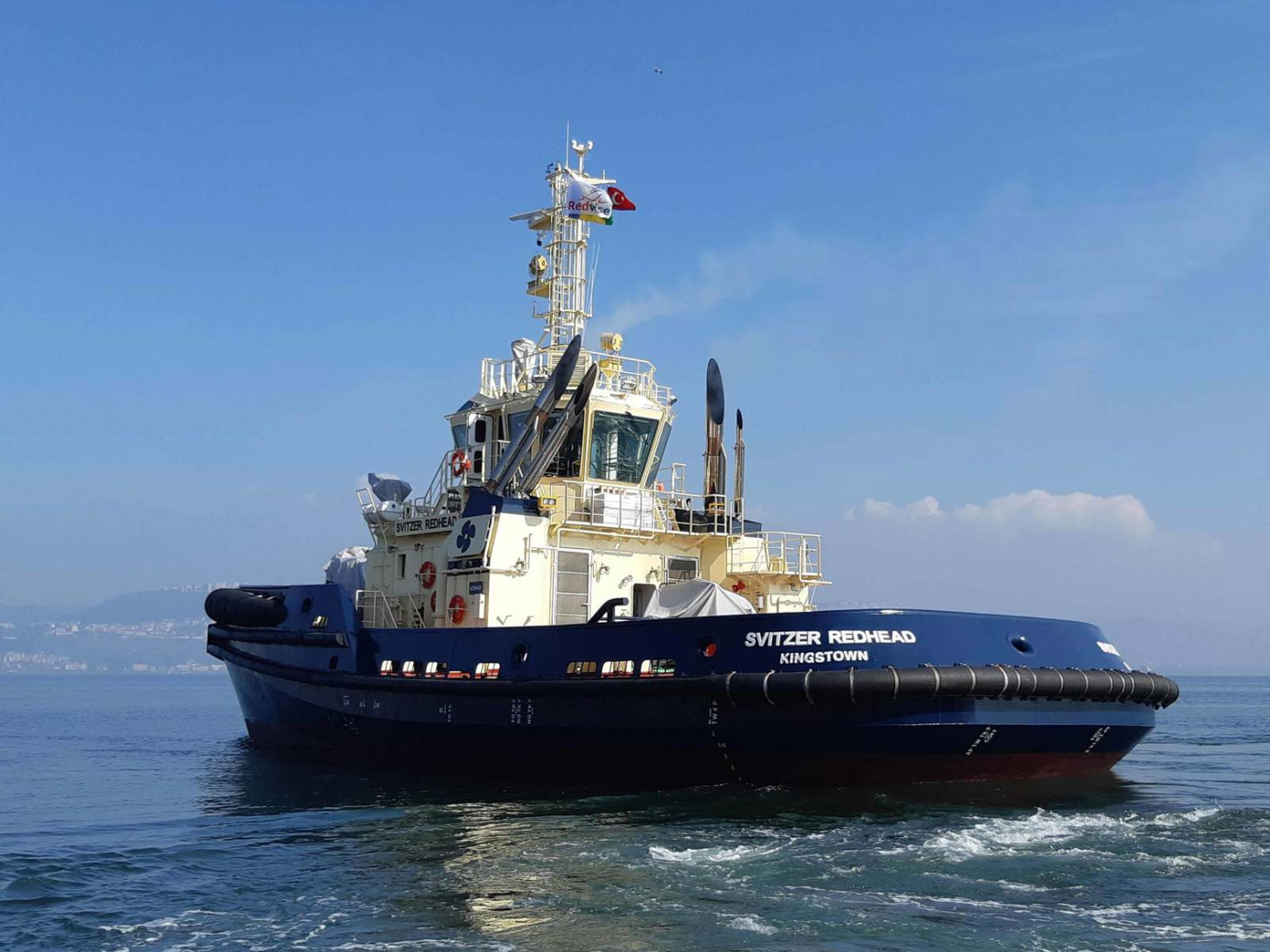Introduction:
Vessel berthing is a crucial aspect of port and harbor operations, requiring careful maneuvering and precise control. As Europe's largest rubber and polyurethane fender manufacturer, Bencros recognizes the significance of port and harbor fenders in ensuring safe berthing practices.
In this detailed blog post, we delve into the intricate world of port and harbor fenders, highlighting their vital role in safeguarding vessels, protecting infrastructure, and facilitating smooth operations.
- Understanding the Berthing Process:
Before delving into the importance of port and harbor fenders, it's essential to understand the berthing process. Berthing refers to the process of a vessel docking or mooring alongside a quay or jetty. This maneuver requires careful alignment, controlled speed, and appropriate force management to prevent collisions and damage. Port and harbor fenders act as a crucial protective barrier during the berthing process, absorbing the kinetic energy generated by the vessel and minimizing the potential for impact-related incidents.
- Mitigating Collision Risks:
Collisions during vessel berthing can have severe consequences, leading to damage to both the vessel and the port infrastructure. Port and harbor fenders play a pivotal role in mitigating collision risks. These fenders are strategically positioned along the quayside or jetty, acting as a cushion between the vessel and the solid structure. By absorbing and distributing the energy generated during berthing, fenders reduce the risk of structural damage, hull punctures, and vessel deformation, safeguarding both the vessel and the port infrastructure.
- Protecting Port Infrastructure:
Port infrastructure, including quays, piers, and docks, represents a significant investment for port authorities. The impact forces generated during vessel berthing can pose a threat to these structures. Port and harbor fenders provide a critical line of defense, protecting the infrastructure from the immense forces exerted by vessels. The fenders act as a shock absorber, dissipating the energy and preventing direct contact between the vessel and the infrastructure. This protection helps maintain the structural integrity of the port facilities and extends their lifespan, reducing maintenance costs and operational disruptions.
- Ensuring Vessel Safety:
The safety of vessels and their crew members is of utmost importance during the berthing process. Port and harbor fenders contribute significantly to vessel safety by minimizing the risk of accidents and injuries. The fenders create a soft buffer zone between the vessel and the rigid quayside or jetty, reducing the potential for crew members to get caught between moving objects and preventing them from being crushed or thrown off balance. By ensuring a controlled and stable berthing environment, fenders enhance the overall safety of vessel operations.
- Customization for Specific Requirements:
Port and harbor fenders are available in a wide range of types, sizes, and materials to cater to the specific requirements of different vessels and berthing conditions. Whether it's a small fishing boat, a massive container ship, or a specialized vessel, fenders can be customized to provide optimal protection and performance. The flexibility in design and material selection allows port authorities to choose the most suitable fenders for their specific port or harbor, considering factors such as vessel size, tidal fluctuations, and berthing frequency.
- Innovations in Fender Technology:
Over the years, fender technology has witnessed significant advancements to meet the evolving needs of port and harbor operations. From traditional rubber fenders to advanced polyurethane fenders, innovative designs and materials have been introduced to enhance fender performance. These advancements include features such as improved energy absorption capabilities, higher durability, and increased resistance to harsh marine conditions. Keeping pace with these innovations enables port and harbor authorities to adopt state-of-the-art fender solutions and optimize their berthing processes.
- Regular Maintenance and Inspection:
To ensure the continued effectiveness of port and harbor fenders, regular maintenance and inspection are essential. Fenders should be inspected for signs of wear, damage, or deterioration and replaced if necessary. Proper maintenance practices, including cleaning, lubrication, and monitoring, help extend the lifespan of fenders and maintain their performance. Regular inspections also ensure early detection of any potential issues, allowing for timely repairs or replacements and minimizing the risk of fender failure during vessel berthing.
Conclusion:
Port and harbor fenders are vital components of safe and efficient vessel berthing operations. By mitigating collision risks, protecting port infrastructure, ensuring vessel safety, and providing customization options, these fenders play a crucial role in maintaining the integrity of both vessels and port facilities. Bencros, as Europe's leading manufacturer of rubber and polyurethane fenders, understands the complexity and importance of the berthing process. By investing in high-quality fender solutions and implementing regular maintenance practices, port and harbor authorities can ensure safe and seamless berthing operations, enhancing overall port efficiency and maintaining the highest standards of safety.


